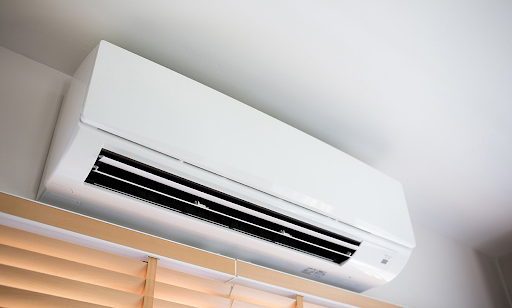As temperatures rise, ensuring a comfortable home environment becomes essential. Home air conditioning systems are vital for maintaining comfort during hot months, and understanding the journey from installation to repair can enhance your experience and prolong the lifespan of your unit. This article will guide you through the various stages of the air conditioning journey, focusing on the critical aspects of installation, maintenance, and repair.
Understanding Home Air Conditioning Systems
Home air conditioning systems vary in type, size, and efficiency. The most common types include:
- Central Air Conditioning: This system cools the entire home using a network of ducts. It consists of an indoor unit (evaporator) and an outdoor unit (condenser), offering efficient cooling for larger spaces.
- Ductless Mini-Split Systems: Ideal for homes without existing ductwork, these systems consist of an outdoor compressor and one or more indoor air handlers, allowing for zoned cooling.
- Window Units and Portable ACs: These are self-contained units that cool a single room. They are often more affordable and easier to install, making them a popular choice for renters or smaller spaces.
The Installation Process
Proper installation is crucial for maximizing the efficiency and lifespan of your home air conditioning unit. Here are the key steps involved in the installation process:
- Choosing the Right System: Before installation, assess your home’s cooling needs. Factors such as square footage, insulation quality, and local climate conditions will influence your choice of system. Consulting with a qualified HVAC professional can help you select the right unit for your home.
- Site Preparation: The installation area must be prepared adequately. For central systems, this involves assessing the ductwork and ensuring the location for the outdoor condenser is free from obstructions.
- Professional Installation: Hiring a licensed HVAC technician ensures that your system is installed correctly and in compliance with local building codes. This step is essential for preventing future issues and ensuring your warranty remains valid.
- System Testing: After installation, the technician will test the system to ensure it operates correctly. This includes checking the thermostat settings, inspecting the airflow, and confirming the refrigerant levels.
Importance of Regular Maintenance
Once your home air conditioning system is installed, regular maintenance becomes essential to ensure its efficient operation. Here are some key maintenance tips:
- Change Air Filters: Replace or clean air filters every one to three months, depending on usage and dust levels in your home. Clogged filters can restrict airflow and reduce efficiency, leading to higher energy bills and increased wear on the system.
- Schedule Annual Inspections: Regular professional inspections allow technicians to identify and address potential issues before they escalate. These inspections typically involve checking refrigerant levels, cleaning coils, and inspecting electrical components.
- Keep the Outdoor Unit Clean: Ensure the area around the outdoor condenser is clear of debris, such as leaves and dirt. This promotes proper airflow and cooling efficiency.
Recognizing the Need for AC Repair
Despite proper maintenance, issues may arise that require professional ac repair. Here are some common signs that your system may need attention:
- Inadequate Cooling: If your home air conditioning system struggles to maintain the desired temperature, it may indicate low refrigerant levels, dirty coils, or a malfunctioning compressor.
- Unusual Noises: Strange sounds such as grinding, rattling, or hissing may signal mechanical issues or loose components that need repair.
- Increased Energy Bills: A sudden spike in your energy bills can indicate that your AC unit is working harder than necessary, often due to inefficient operation or wear and tear.
- Foul Odors: Unpleasant smells emanating from the AC unit can indicate mold growth or burned-out wiring, both of which require immediate attention.
The Repair Process
When faced with a malfunctioning air conditioning system, understanding the repair process can help you navigate the situation effectively:
- Diagnosis: A qualified HVAC technician will conduct a thorough diagnosis to identify the issue. This may involve testing various components and checking refrigerant levels.
- Repair or Replacement Recommendations: Based on the diagnosis, the technician will recommend whether a repair or replacement is necessary. In some cases, minor repairs may suffice, while in others, replacing older, inefficient units may be more cost-effective in the long run.
- Timely Repairs: Addressing issues promptly can prevent further damage and additional costs. Ignoring minor problems often leads to more significant issues down the line.
Conclusion
Navigating your home air conditioning journey from installation to repair is crucial for maintaining a comfortable living environment. By understanding the types of systems available, ensuring proper installation, prioritizing regular maintenance, and recognizing signs of needed repairs, homeowners can enjoy the benefits of efficient cooling for years to come. Investing in professional installation and timely repairs not only enhances your comfort but also contributes to the longevity of your home air conditioning system, ensuring that you and your family stay cool during even the hottest summer months.

